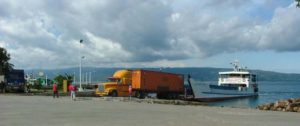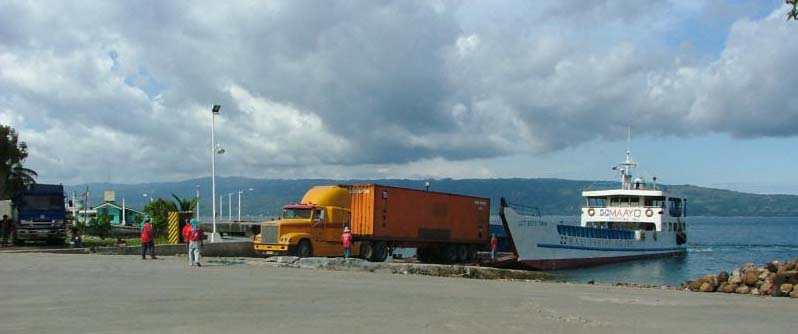 The Philippine government will modernize the country’s roll-on/roll-off (ro-ro) system, targeting the country’s three major nautical highways—Western, Central, and Eastern—and other ro-ro routes.
The Philippine government will modernize the country’s roll-on/roll-off (ro-ro) system, targeting the country’s three major nautical highways—Western, Central, and Eastern—and other ro-ro routes.
The modernization program will be under the Department of Transportation (DOTr), with a budget of P5.701 billion to be funded through the General Appropriations Act, according to build.gov.ph, the government’s infrastructure projects website.
Project development starts in September this year, implementation is expected to start in December, and completion is scheduled a year after. The portal noted, however, that the start date for projects may include pre-work and pre-planning such as conceptualization or feasibility studies.
Modernizing and expanding the ro-ro system is one of the top priorities of the current administration to maintain inter-island connectivity.
Transportation Undersecretary for Maritime Felipe Judan, in a chance interview with PortCalls, said upgrading the ro-ro system is not only for passengers’ convenience but also for economic development, as ro-ro is a mode with “a very low cost of moving goods” compared to containerized transport.
Judan said the project entails different kinds of development activities depending on the needs of the port, and may include port development, ramp development, and deployment of additional ro-ro vessels to the route.
He added that one of the administration’s major projects is creating a ro-ro port in San Fernando in Cebu.
In a report by the Maritime Industry Authority (Marina) in 2015, the Western Nautical Highway and the Pan Philippine Highway are the two most successful and dynamic highways of the country’s Ro-Ro Transport System (RRTS), a network of ports linked by ro-ro vessels.
The Eastern Nautical Highway, meanwhile, is the most unsuccessful and unproductive because no vessel operates in the area since certain portions of the highway overlaps with the Central Nautical and Pan Philippine Highways, particularly those located in Masbate and Surigao City.
According to Marina, factors seen affecting the success and productivity of nautical highways are the condition of port facilities, infrastructure or road conditions going to the port area, proliferation of ports in one municipality, economic activities in the area, and tourist spots in the area.
Earlier this year, the Philippine Ports Authority (PPA) said it will be revisiting the country’s RRTS to ensure it continues to serve the needs of the trade and tourism sectors.
The PPA’s move is also in response to the call of the private sector, specifically of ro-ro operators, to improve ro-ro facilities amid their own initiative to modernize their fleet.
In 2003, the government issued a policy to promote ro-ro, a system designed to carry rolling stock cargoes that does not require the use of cranes to load or unload them.
The Strong Republic Nautical Highway project is one of former President Gloria Macapagal Arroyo’s priority programs to ensure fast and economical movement of goods and people, and to boost domestic tourism and trade.
The Asian Development Bank earlier said the ro-ro system has cut the cost of transport and reduced travel time in the Philippines. – Roumina Pablo





